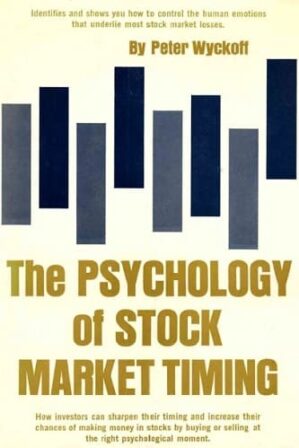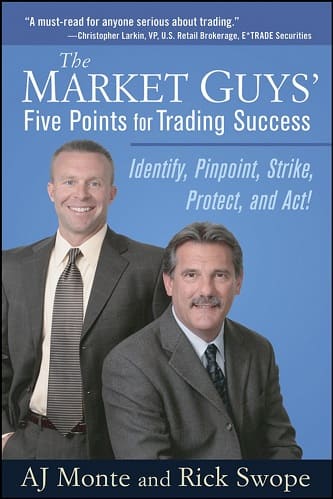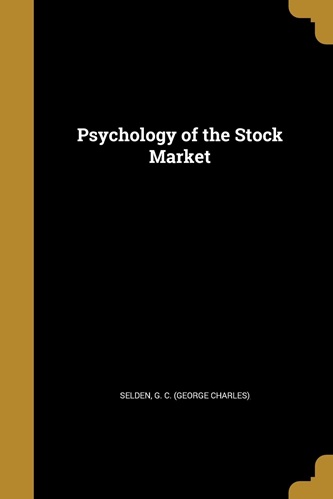Articles
Becoming A Successful Forex Trader By Leslie vanWinkle
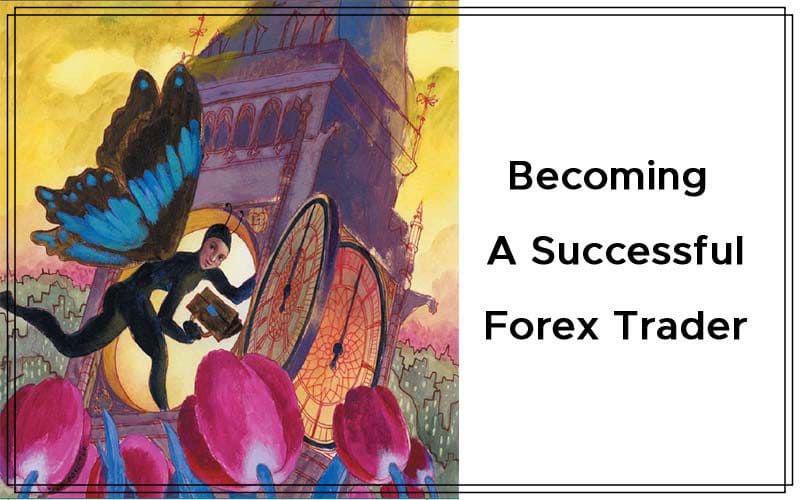
You can learn a lot about yourself on the road to making a profit. When I discovered foreign exchange trading five years ago, I thought it was the answer to my prayers. Retail forex trading could be done around the clock in an up, down, or sideways market with only a handful of currencies to monitor, as opposed to 5,000 common stocks on the exchanges. I didn’t realize I would be embarking on a journey that would stretch my intellect, flatten my emotions, test my resolve, force me to confront money management, and lead me revise many of my beliefs about myself. Since then, I have learned a great deal about forex and only now am I beginning to see a trader emerge. So read up and learn from my mistakes.
MONEY FOR NOTHING
I became interested in forex trading in 2005 after attending a workshop held by a group called FX Trainers. They began by showing trades that earned 40, 75, 100, and even 300 pips. When they multiplied those pips by lots, my jaw dropped at the potential. The presenters emphasized the use of technical over fundamental analysis in forex trading. I understood technical analysis from my work as a book editor for a stock market trader and felt I had a head start in this new arena. So I signed up for the course, opened a demo account, loaded up the software, and for the next four months I joined about 40 other students two nights a week learning everything I could about how to become a successful forex trader. We became a community of sorts, calling ourselves the Pipsters.
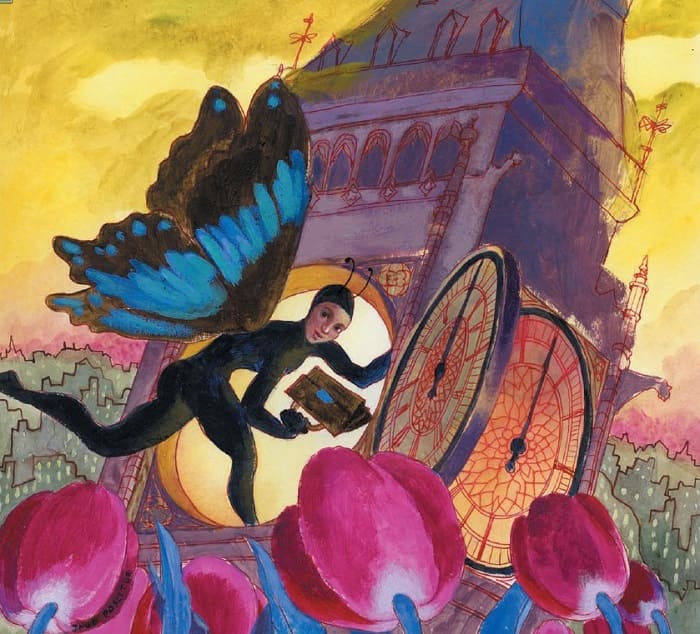
FX Trainers taught a short-term momentum strategy relying heavily on stochastics in one-minute, five-minute, and 15-minute charts. These trades typically earned between 10 and 15 pips and the basic course taught me to quickly identify and act on reversal patterns. The course was presented with a comprehensive beginner’s manual with background on the evolution of retail forex trading, the international banking system, effects of economic and political factors on the markets, key technical indicators, and money management. Trading of any kind is an intense, isolating practice, so having the Pipsters to talk with was great. During breaks we discussed the intricacies of money management, best trading times, and lessons learned from our mistakes. My trading results were not spectacular, but I knew I was at the beginning of a journey and I was enthusiastic about becoming a successful trader.
STRENGTHS BECOME WEAKNESSES
Two of my best and worst traits are my compulsive curiosity and natural intensity. As I scaled the forex learning curve, I was totally in my element. Eventually, however, I was forced to acknowledge that the dense activity on those short time frames was twisting my brain into a knot. Plus, I was spending hours staring at my computer screen with only a handful of pips won to show for it. I wanted those 40-, 75-, and 100-pip moves that would let me build my account, load up on lots, grow a retirement nest egg, and have a life!
I wasn’t alone in that. FX Trainers recognized that we Pipsters were getting restless and invited guest traders to present different strategies that built on our basic training. We expanded into webinars and chatted with traders from around the world. Over the next few months, the Pipsters rolled through a dozen strategies in as many currencies. We learned how to adjust indicators, trade off news, use Fibonacci to predict retracement, and where the market would park for lunch. We used moving averages to build pretty blue channels and multicolored lines that squeezed into rainbows just before the market exploded. We stretched the Bollinger bands until they snapped, springing like rubber bands at entry points, and studied the moving average convergence/divergence (MACD) and stochastic divergence to predict those thrilling trend reversals. Each strategy gained a few devotees among the Pipsters, who clutched their chosen holy grail … and wandered off, never to be heard from again.
Suggested Books and Courses About Psychology and Risk Management
I grew particularly fond of one strategy I referred to as “Pierre’s Spike.” It was a relatively predictable movement that took shape each morning when volume was high at the opening of the New York Stock Exchange (NYSE). I had good results with the strategy, and I liked the efficiency of rising at 4:45 am (that’s Pacific time, folks) and being out of the trade before my school-aged kid woke up. Still, I was tempted by exotic-sounding strategies like “ Big Ben” and “Midnight Express,” and I flitted from trick to trick like a butterfly, seeking that sweet spot where I could sleep in, put in a limit order, head off to work every day, and see my account increase 10% each month as the market did my bidding.
LEARNING TOO MUCH
But I was still miles away from that sweet spot. I intensified my learning program. Soon I had so many strategies swimming in my head that I found myself confused, mixing confirming indicators with entry signals, blending strategies into dysfunctional hybrids, swinging from fear to greed within nanoseconds, and totally forgetting my exit plan. I became so numbwitted I couldn’t even use Pierre’s Spike. It was worse when I was tired, hungry, or distracted by my child wanting something ridiculous like lunch money before she caught her bus. I had totally lost my perspective about why I was doing this in the first place: to have a life! I had forgotten that I already had one. It was a life that included feeding myself and my family, sleeping at least five hours a night, and singing occasionally at church. Instead, I was beating myself up for being an inept trader, a heartless parent, and trading my soul for pips!
I had fallen into the trap of thinking that if I learned enough about the market I could master it. I ended up overloading with too much information, giving my brain too much stuff to process, more indicators to cancel each other out, and more ways to second-guess myself. I was compelled to use all my knowledge, yet was unable to take action. Analysis paralysis had set in.
SURRENDERING TO ENTROPY
Initially, I identified the problem as disorganization and took to designing trading sheets to keep track of all the different strategies and the indicators for each one. The sheets became more and more complex, sometimes covering two pages for each trade. If I ever took the time to answer all the questions on my form, the trade would have come and gone! My worst fears had been realized. I had become addicted to analysis. My brain synapses had fused into microscopic replicas of red and blue candlesticks, wicks dancing as my life ticked away, pip by pip. Then one morning I woke at 4:30 with a nosebleed. I had had enough. I turned my charts off.
In physics, this state of paralytic stress is referred to as entropy. My trading systems had become so complex they could no longer function and were strained to the breaking point. The only solution was a total breakdown of the system, so it could be restructured at a higher, more efficient level. But I didn’t understand that then; I just felt as if I had failed. My charts remained dark for weeks, then months. Occasionally, I’d load them up and take a half-baked trade that invariably went sour and I’d spend the next few weeks after that beating myself up for wasting my time, energy, and money, reinforcing what was clearly compulsive behavior. And each time I blew a trade, I felt like a bigger loser.
THE VALUE OF COMMUNITY
In January 2006, I got a call from a fellow Pipster telling me about a workshop being led by a pair of traders. I resisted, explaining that I didn’t think forex was my destiny. But he persisted. A few nights later I found myself listening to Steve Cook and Wade Scott of Forex Trading Coaches. They described a strategy of momentum trading using top-down analysis to detect significant trendlines and price patterns on specific time frames which, when present, reveal high-probability trades with a risk/reward ratio of 1:2 or better. Now here was the sweet spot for those 40-, 75-, and 100-pip moves! I felt my prior knowledge shift into place as the system spread out before me with perfect logic.
I thanked my fellow Pipster for inviting me. I felt I was on the road to recovery. In hindsight, those months of downtime had served a valuable purpose, allowing my mind to rest and my knowledge to settle, preparing me for my next learning challenge. Over the next few months I attended Forex Trading Coaches’ weekly webinar classes, studied PowerPoint slides and PDFs. I reopened a demo account and uploaded their customized program of chart enhancements.
The Forex Trading Coaches’ momentum system relied on daily trends, four-hour and one-hour charts for setups, and 15-minute charts for entry. During my sabbatical, I had realized that most of my stress stemmed from being forced to make snap decisions based on limited information from mind-numbing one- and five-minute charts. Compared to that experience, 15 minutes felt like a luxurious eternity, and I could relax and enjoy trading again. The Coaches detailed every key element required in their system and answered every question and explained every factor as often as necessary until we understood the system well enough to duplicate it on our own. This webinar forum also created a community that reinforced the learning.
TRADING IS YOUR MENTAL GAME
I worked with the Forex Trading Coaches for about a year with steadily improving results. With this more consistent system, I was able to concentrate on the mental side of trading. The Coaches recommended reading Trading In The Zone by Mark Douglas, a book I have returned to repeatedly since.
This is what traders must do to become successful: Analyze both winning and losing trades to find out what factors are affecting your results. I discovered I was greedy; when a trade went well I would double-dip without reexamining the setup. I learned I feared loss; I hesitated pulling the trigger even when all my ducks were lined up. That fear of loss really showed up in my tendency to set my stops too short. A short stop caused me to lose faster and kept me out of a winning trade! I also learned I had to take a risk to make a gain; when I waited too long to enter I missed most of the move, plus I was stopped out on the retracement. Fear of taking a calculated risk made me a two-time loser. I also learned my winning trades were the result of staying in the present, trusting what the market was telling me and going with the flow.
These were huge lessons to learn. With this steady feedback, my trading began to improve and my account grew. I’d been trading demo up to this point and decided it was time to graduate to trading live. I funded a live account and learned my biggest lesson to date: When reality replaces theory, all bets are off. By now I understood some of my damaging behaviors and was able to curb them when they mutated into even more interesting behaviors under the pressure of live trading. I worked through these issues while trading super–mini lots. When I regained my equilibrium, I returned to trading mini-lots with fairly steady results. I was winning about half my trades, which was pure chance, but my winning trades were bigger and my losing trades smaller, so I was coming out ahead. Maybe I could do this after all!
But life has a way of interfering with even the best-laid hopes. In January 2008, I put everything on hold to ghostwrite a book about the failing financial industry, only to watch that industry implode and leave me treading water with the rest of the world for most of 2009. Then in October 2009, Forex Trading Coaches invited me to a webinar they were hosting to roll out their newly evolved MACD3 Trading System, which was generating 90% positive trades for them. They also intended to form a community for traders committed to learning the system.
I literally had nothing left to lose, so for the past four months I’ve been attending their daily morning trading sessions followed by training sessions. I’ve been taking trades and practicing their new system on some testing software they helped develop. Plus, I’m reading Trading In The Zone for the third time, chuckling as the author zeroes in on yet another way my mind messes with my trading. It has been five years since I began forex trading, and the only thing that has remained the same are my fingerprints. In that time I have released nearly everything else in my life, so perhaps I’m ready to release those last psychological obstacles and become a consistently successful forex trader. Think good thoughts for me.
Leslie vanWinkle is a freelance writer and editor for the trading and financial industry.

